I cried all the way home from Care House, Carrie Schneider’s installation and memorial in her childhood home. The house was where Schneider’s mother lived until she died from pancreatic cancer in September of 2010 at age 57. Just a few remnants are left of the home as it was and into these Schneider has inserted video, photographs and other interventions.
I’m not a remotely spiritual person but I’ve always kind of seen houses as living entities. I used to remodel and resell them. Going in and fixing them, I saw the histories of the past residents through the stuff they left behind and the things they did to the houses. Anyone who has lived someplace where other people lived before does something similar, creating a mental portrait of the people who were there before you. The carpet stains, the stuff they forgot in the cabinet over the refrigerator, and the kids’ height marks on the wall are all artifacts of the former residents.
In Schneider’s house, you enter knowing just enough of the story to make Care House poignant to the point of pain. The first gut punch comes right as you walk in. An old TV plays a looped video of a Christmas when Schneider and her brother were kids. It’s like a ghost in the room. You see them and their family laughing and opening presents back when this house was their home. They are blissfully unaware of the loss they will suffer in just a few years – Schneider is only 25.
There are little decorator items here and there, the kind of stuff your mom buys that you never would. Stuff that has been around so long it’s just part of the landscape, you never really look at it – until you have to pack it up and clear out the house. There’s one of those carved candles popular the decades ago, it’s flanked by two little glass angels. A scented Yankee Candle in “Ocean Breeze” is lit on top of the TV. The clock over the fireplace mantle is stopped. Below it, instead of family photos, one of those little digital picture frames shows images Schneider made documenting the marks and stains of the house.
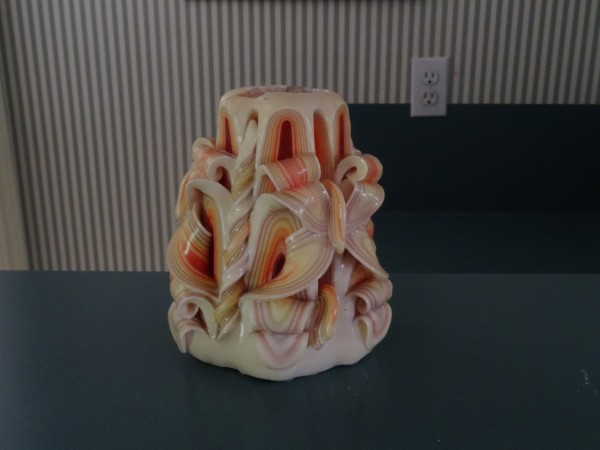
In the kitchen Schneider has peeled back the wallpaper and inserted copies of family photos; it’s like the house offering you a peek into its past. When Schneider hosted an opening brunch for the house, the abandoned kitchen came alive and she cooked things her mother taught her how to make. Little sausage pigs in blankets, chicken and rice casserole and fruit salad.
Schneider’s uncle threw out most of her mother’s stuff before she could get into the house. The loss of her mother’s dresses, the ones she loved as a kid and wanted to wear when she grew up, was particularly painful. She took paper ephemera from her mom, old letters and cards, and pulped it to create a paper dress. I think the process might have been therapeutic but this is probably the least effective part of the installation. Handmade paper just overpowers everything no matter what you do with it. Maybe casting it into a brick or some simple form would have worked better, or perhaps creating something with the intact ephemera.
The half bath is a shrine to Schneider’s mother’s battle against cancer. The counter is packed with astronomically expensive, side-effect-filled medications as well as notes, instructions and doctor’s cards – the grim reminders of an ultimately futile attempt to stave off death.
Inside the master bedroom is a video projected against the wall from inside a dresser drawer. It shows Schneider lying on a bed and simultaneously sitting beside it, trying to comfort herself. In the master bath a video is projected over the tub, is shows the back of Schneider washing her hair in the same tub. It’s almost primal, this impulse to bathe where her mother bathed, to somehow connect with the woman who is gone. It’s the same reason people hang on to a loved one’s old jacket for the lingering scent of the person. How can they be dead when you can still smell them?
The video that really got me was reflected in a framed mirror hung in Schneider’s mother’s closet. Schneider had projected life-sized images of her mother and stood in them seemingly trying to pose in her mother’s dresses. But the dresses are secondary for the viewer. We see Schneider blending into her mother in a photo in which her mother holds Schneider as a baby with her arm around her older brother. The video gives us an image of a grieving daughter trying to mother and comfort herself. Losing a parent is horrible and as a parent, the idea of leaving your children alone the world is equally awful.
Schneider didn’t place anything upstairs but it is still highly evocative – the budding artist paint stains on the rug, the leaves and paper stars hung from the ceiling, the staples left behind from band posters… Peering out the upstairs bedroom window at the tree Schneider looked out at as a kid, I felt overwhelming sadness. The tree grew, the kids grew, their mother got sick and died, leaving them and the house behind. Looking out that window, time feels very, very cruel.
(Carrie Schneider is also a freelance GT contributor with a review up of “It’s a Phase” at Russ Pittman Park, and GT blogger Ayanna Jolivet McCloud – more timely than I am – blogged about Care House here. Sorry to over-cover a contributor but Care House is a fantastic installation – and one you can still try to see. I talked to the artist and there are apparently a very few openings left to see it before the house is put on the market. Contact her at [email protected] and see what’s possible. If you don’t/can’t get a chance to see it, be sure to check out Robert Boyd‘s video below. It was shot when the house was a little crowded but it still gives you a good sense of things.)



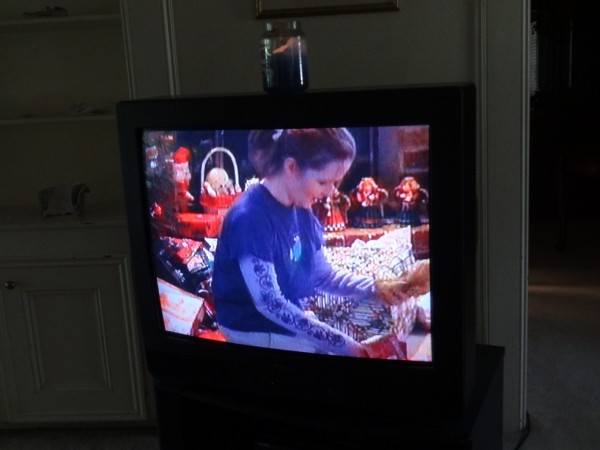
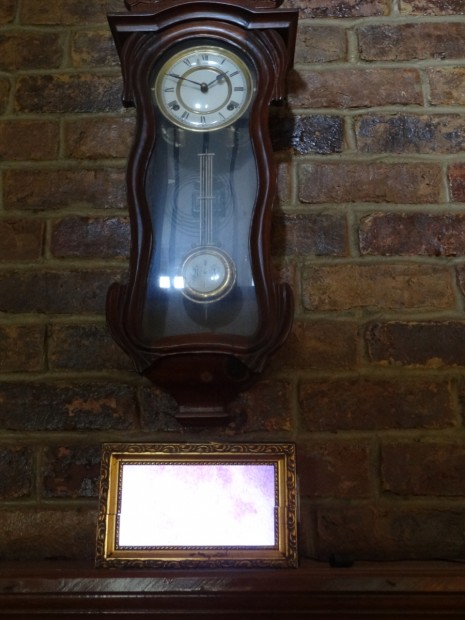
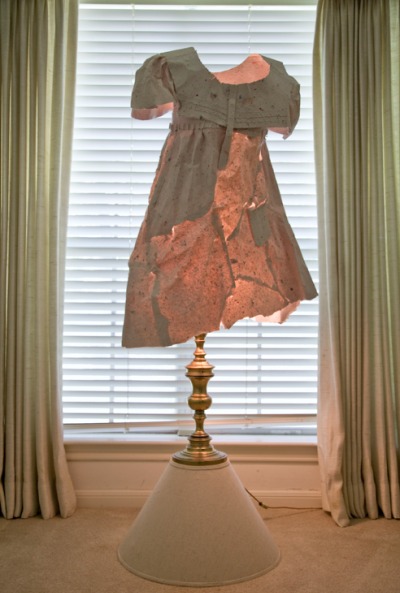

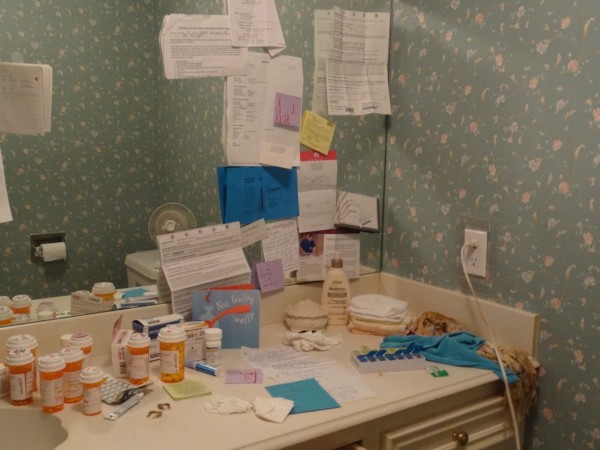
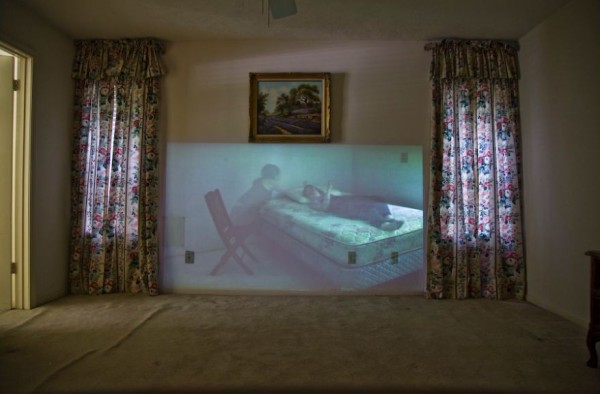
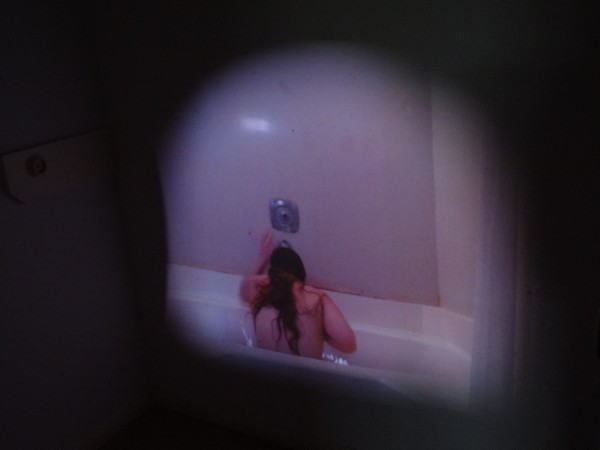
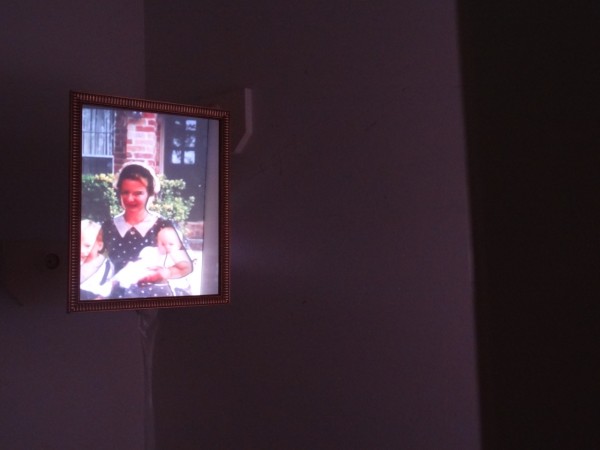

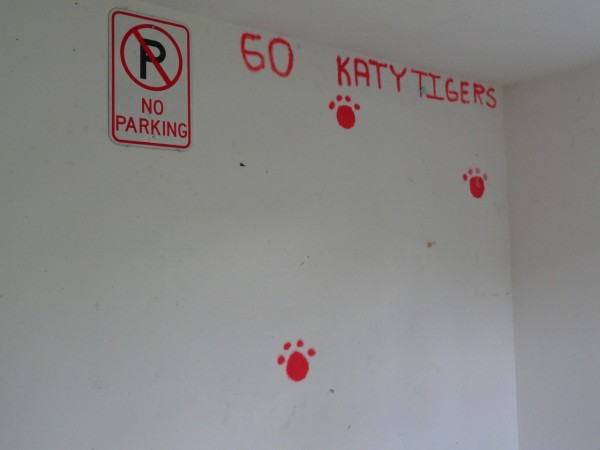
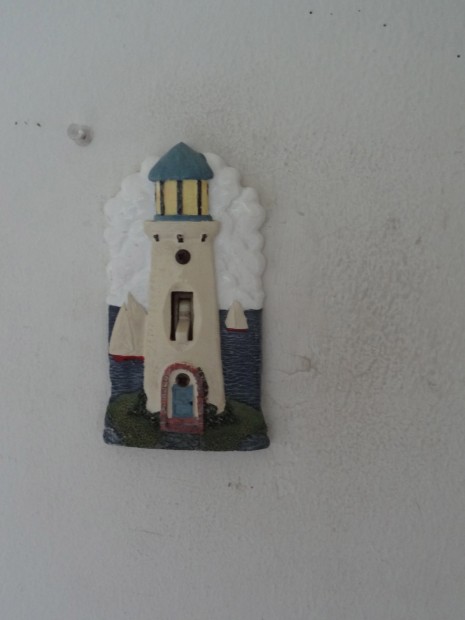


3 comments
It’s good to see another post, offering another and more detailed perspective on this installation. And the fact that this work got multiple write-ups speaks to it’s poignancy.
Losing a parent is devastating. The pain is present, even in these two dimensional pictures and descriptive texts. It’s sort of beautiful how Carrie brought her mother’s image and life forward. My hope is that this helps her in the grieving process as losing your mother is one of the hardest realities to accept.
This on site installation was amazing, Carrie Schneider definitely helped connect the devastation of loss to a profound clear outlook on morality.